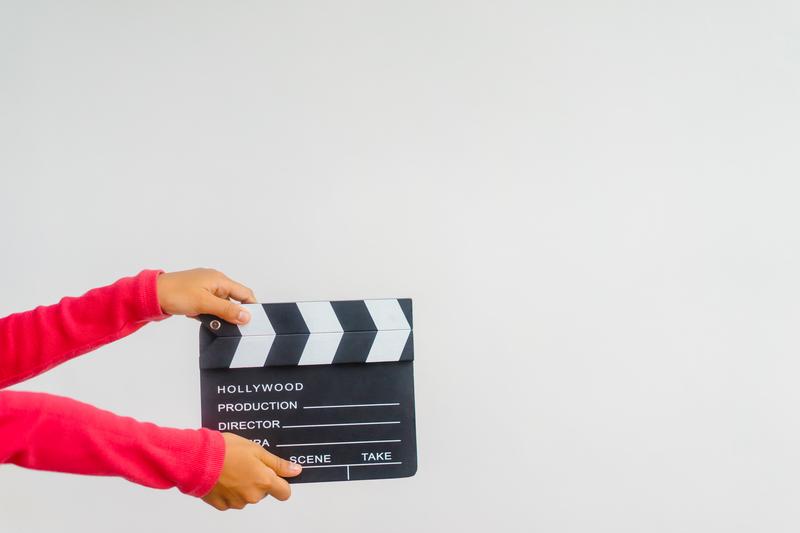When I was young, I loved stories. I would sit in bed for hours, flipping through books until it was past my bedtime. I lived through characters on the television screen, connected with their struggles and became entranced by their world. I remember having collections of Disney Princess storybooks and dolls that I would play with for hours, acting out scenes from the movies and creating my own storyline.
I was, like all children, shaped by the stories that surrounded me. And of all the narrative influences in our lives, Disney had a tendency to take center stage
As humans, we are naturally drawn towards stories. They spark our imagination. They help us understand our place in the world and build empathy towards those around us. But stories are especially influential when we are children.
In this point of our development, the narratives that play out on the screen are more than just a temporary distraction- their messages transcend the screen. Just as we are shaped by what we experience in reality, we are shaped in part by what we see and experience through the characters that come to life before our eyes.
It’s incredibly difficult but also incredibly interesting to try and trace the influence of specific movie messages on our development. Some research studies have attempted to quantify this, but it is ultimately different for everyone.
Looking back at the era of Disney that raised many of us, we can ask ourselves… Do we agree with all the messages it sends?
I remember being sheltered as a child. “Guard your eyes, guard your heart” was a common phrase, “Garbage in, garbage out” came in a close second. I was barred from watching SpongeBob and most of Disney Channel -- not because there was anything inherently inappropriate but because of the underlying messages.
Ultimately, there are underlying messages for any story, even if they are unintentional. Looking back at the Disney we grew up watching, it is a mixed bag. On one hand, we were taught so many positive lessons. Finding Nemo reminded us to “just keep swimming” in the face of struggles.
We can thank The Lion King for the phrase “Hakuna Matata” to ease our worries. And so many stories spread the message about following our dreams, embracing the unknown, forging friendships, and embarking on journeys that are symbolic of life. There is a sense of optimism and adventure that will always be ingrained in the Disney spirit.
However, there is also a lot missing. Diversity, for example, is significantly lacking in early Disney films. Thinking back on all the Disney Princesses, they were predominantly white, a fact that the company has become determined to change in more recent years.
But even movies that portray other cultures run the risk of misrepresentation. The live action remake of Mulan is meant to be more culturally accurate, but critics claim that the creators misused the Chinese concept of “chi.” While in Taoism, it refers to the life force found in all living things, the movie manipulates it into being Mulan’s magical power.
Disney is far from perfect in attempts at representation, but the company is implementing a policy of inclusion, seeking to better connect with audiences. Raya and The Last Dragon is influenced by Southeast Asian cultures. Moana draws inspiration from Polynesia, and the developers actually traveled to the region and conducted interviews to make it as accurate as possible. There are steps to expand children’s worldview and include those who have never seen themselves on the screen of a Disney movie.
The message here is simple: you are seen. You are part of the story.
But there are other messages too, ones that reflect or defy traditional gender roles in society. I think of all the princess movies I watched, how “happily ever after” meant marriage. How a “dream come true” was found in a man.
Stories like Beauty and the Beast are a double edged sword. Do we look at how it shows the value of the beauty within? Or does it point to something more sinister… a justification for staying in an abusive relationship? The unspoken danger of Stockholm Syndrome?
Looking beyond the gray areas, I think that the stories that have the strongest positive message are the ones that foster values of self-discovery and connection. The Princess and the Frog displays well-developed characters and a woman who is driven and has a dream of opening up her own restaurant.
Brave explores the untempered spirit of Merida and her relationship with her mother and the traditional values she pushes. Nani from Lilo and Stitch struggles to provide for her and her sister when their parents have passed away. These are role models that children can look up to. And they have their own complicated character arcs and struggles that don’t sugarcoat reality.
There are so many avenues to explore when looking at Disney’s storytelling, and some areas may have influenced us more than others. We tend to mirror what we see around us, and that continues well beyond childhood.
There’s no way to truly know how much the stories we hear impact the ones that we live and the ones that we tell. We are constantly weaving narratives to make sense of everything around us, and looking back at the progress of storytelling helps us see how far we’ve come and how far we still have to go.
Coming to Terms with the Disney Narrative
Storytellers like Disney have a responsibility to use this medium to spread positive, inclusive messages to children.

Looking back at the era of Disney that raised us, do we agree with all the messages it sends?